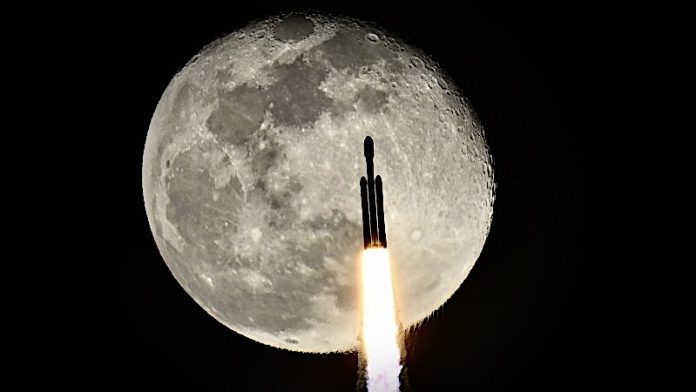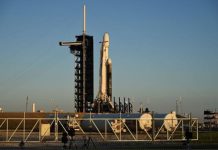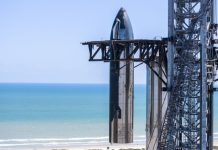Dec. 28 (UPI) — Amid a cloud of thick, white propellant exhaust, and in the glow of a moonlit night, a SpaceX Falcon Heavy rocket launched at 8:07 p.m. EST Thursday night, riding a giant column of orange flame high over NASA’s Kennedy Space Center.
The Falcon Heavy rocket was carrying an undisclosed payload, but it reportedly will deploy an X-37B military space plane. The innovative Boeing vehicle is used as part of the U.S. Space Force.
The launch had been delayed for weeks by technical issues.
While the specifics of the payloads on the unmanned craft are largely under wraps, the mission is designed to further understand the effects of extended spaceflight on humans.
“For this mission, we will send new types of seeds, mainly for leafy greens,” a NASA spokesperson said in a statement issued before launch. “We are also sending different varieties of the same type of seeds, aiming to evaluate the differences between/among these varieties in response to the space environment.”
Scientists are sending up cauliflower, amara, scarlet frill and garnet giant seeds, as well as two varieties of radish, pac choi, peppers and brachypodium. They also are deploying varieties of lettuce, mizuna, tomato, Swiss chard, onions, wheat, cucumber, and rice to better understand how they grow in space and whether humans would be able to consume the plants as they mature.
The launch was originally scheduled for December 10 but was pushed back by a day and then delayed again due to a ground issue for at least 24 hours in what officials described as “ground system checks,” SpaceX officials said in a social media post.
SpaceX didn’t elaborate on the reason or reasons for the delays earlier this month, but multiple sources told Spaceflight Now that at least one engine had to be replaced on the Falcon Heavy rocket.






